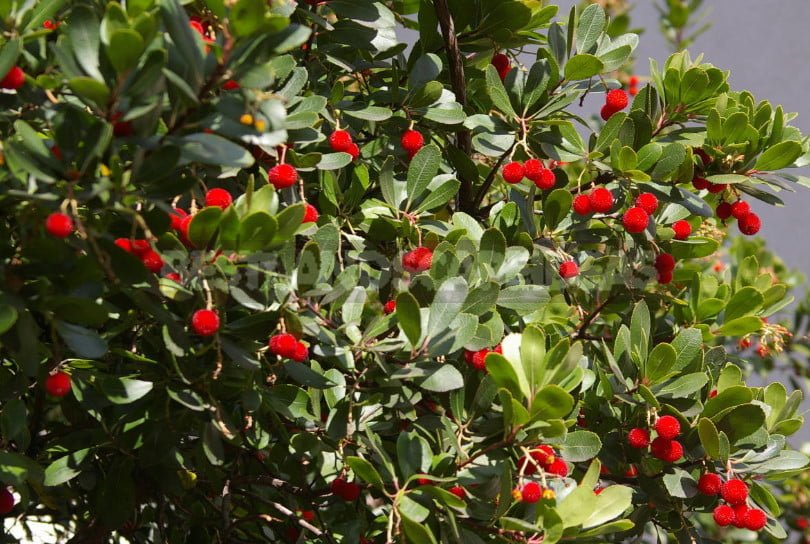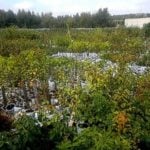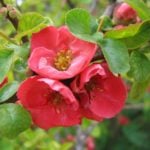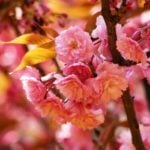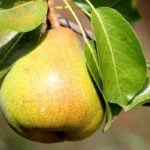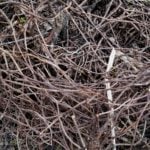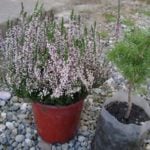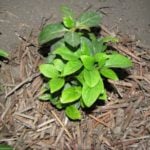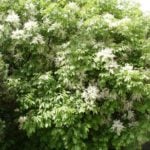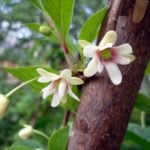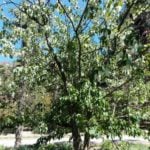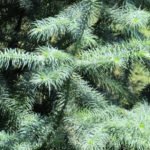On the calendar — October. Autumn brings us the bright colors of the foliage and the rich crop of fruits.
I’ve told you about some exotic plants before. I propose to continue the acquaintance, and I represent to your attention very interesting specimens with the original fruit.
Ailanthus altissima
Despite the fact that this tree from the Simarubaceae family is considered to be a weed and has an unpleasant smell, spectacular fruits allowed to consider it in this article.
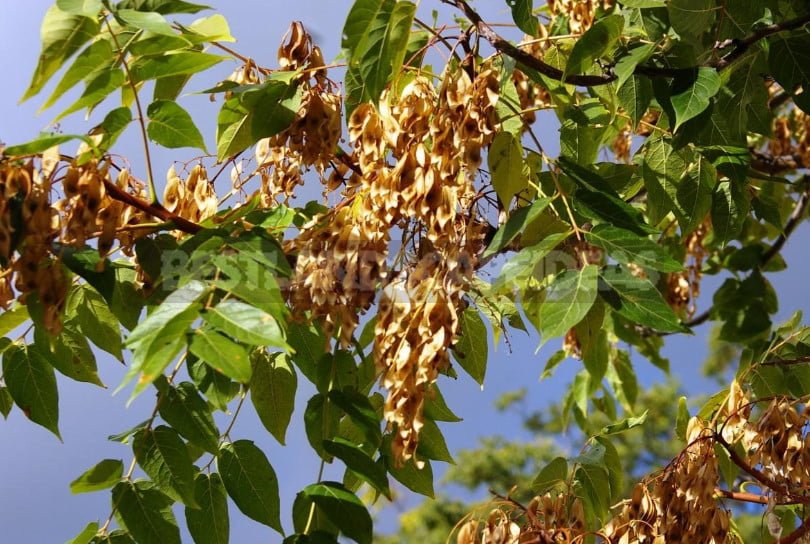
Fruits-unopened single-seed volatiles (as in ash) 4,8-5,3 cm long, oblong, flat, solid, first-light orange, then-brown; ripen in October. Seeds retain germination for 1.5-2 years. Sowing in autumn or spring, pre-soaked seeds for 1.5-2 days. The depth of incorporation-2.5-3 cm to undemanding conditions, but does not tolerate heavy moist soil. In a special pruning does not need.
Broussonetia papyrifera
While still a student, in practice in the Botanical garden, I met this interesting representative of the family Moraceae. And when I was offered to try its fruits, I with great caution tasted exotic unusual for me. Then I could not even imagine how many more interesting, unusual things are waiting for me ahead.
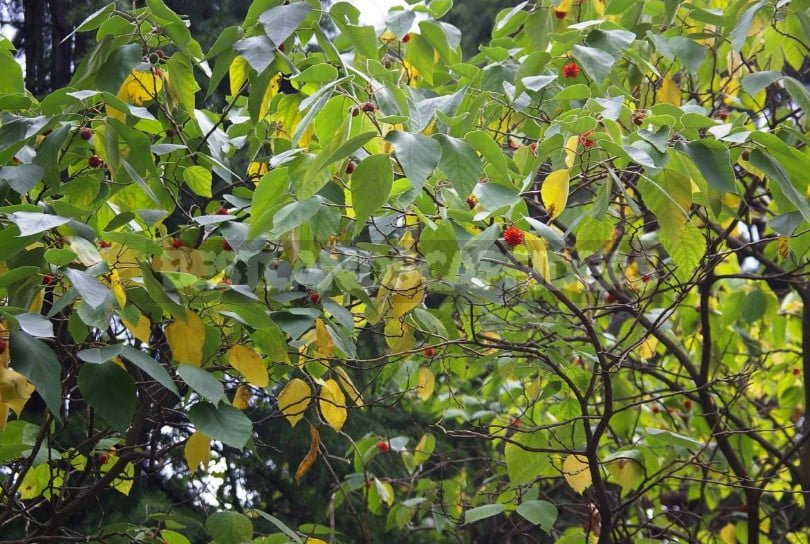
To light conditions and soil fertility it is undemanding, but prefers moist places. The original tree height and width of 8 m, especially interesting large shoots. The British give her your standard winter minimum -15°C. the Bright orange fruit-head Broussonetia spherical, fibrous, juicy, sweet; ripens in August-October. They consist of spherical extended axis of the inflorescence, where you separately located thick gynophores (education) with orange-red seeded fruit.
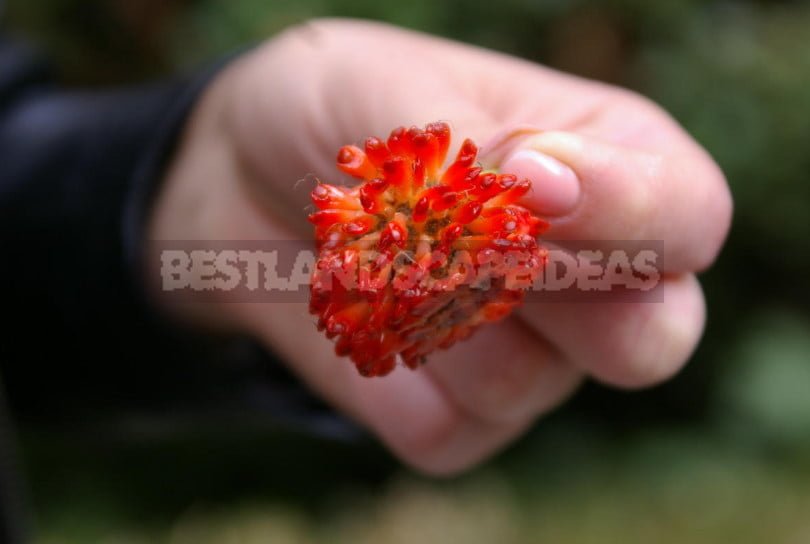
Fresh seeds can be sown in autumn without stratification. In the spring of her conduct in the course of 1,5 months (in the wet sand, at a temperature of +3…+5°C). The depth of seeding — 0.5-0.7 cm.
Ginkgo biloba
For the first time close I saw the fruits of Ginkgo biloba, when colleagues brought them to us as a gift. Fruit resembled apricots, only with a disgusting smell.
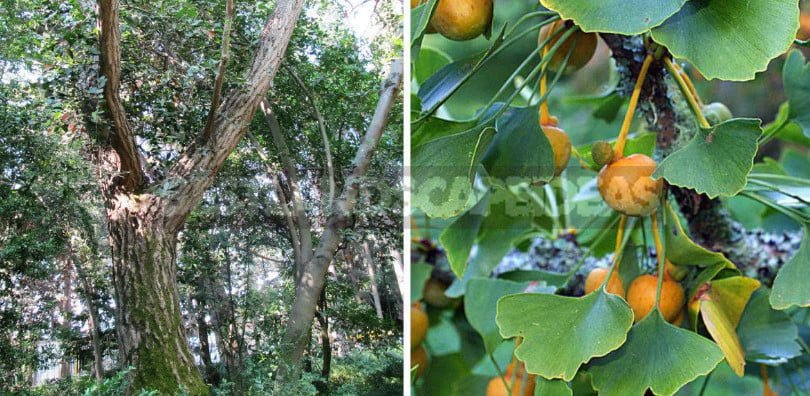
Yellowish Ginkgo fruits with a diameter of 2-2. 2 cm ripen in October.
Ginkgo biloba is undemanding to the conditions, but it grows better on fertile moist drained soils, in places protected from the wind. It is especially interesting to use its male specimens, propagated vegetatively, in recreation areas in the country, conceived in the East Asian style.
Hovenia dulcis
I also met her a long time ago. This tree is from the family Rhamnaceae height of 12 m and a width of 10 m. It was very impressive at the time of flowering (in early summer), when abundantly covered with small fragrant cream flowers. Fruited.
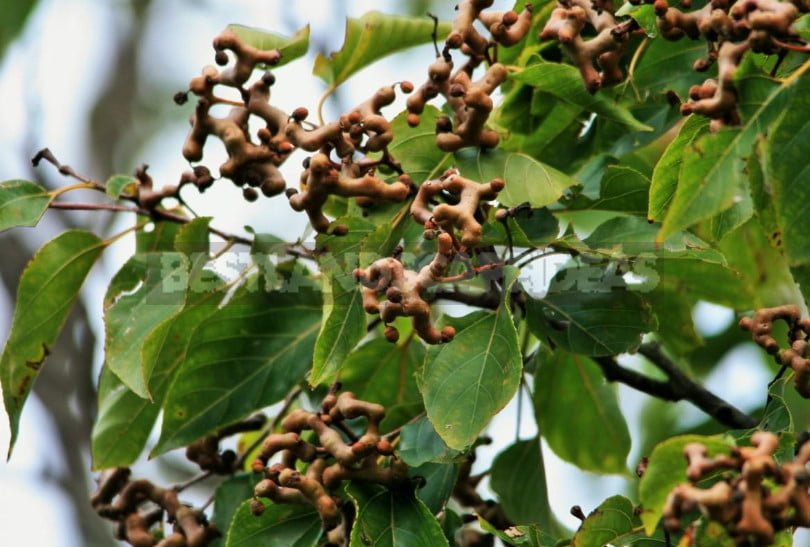
In fact, the fruits of Hovenia dulcis – dry globular non-expanding boxes on short stalks. Ripen in August-October. The stem — semiumbels containing 20-35 fruit. They should be sown in the autumn, planting depth is 1-2 cm the British give her the standard winter low is -15°C. it grows Well on moderately moist well-drained fertile soils; to light undemanding.
Koelreuteria bipinnata
An interesting representative of the family Sapindaceae for large-area cottages, as its parameters are: height-10 m, width-8 m.
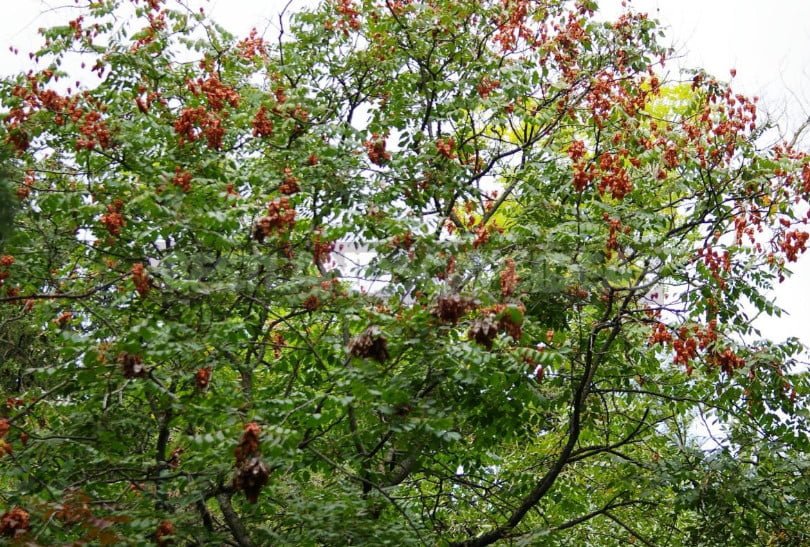
Fruits-swollen boxes with thin papery walls, rounded at the apex, 4-5 cm; at maturity becoming orange-brown color, after leaf fall adorn the trees. Bears fruit in September. In spring sowing need 3-month stratification.
Staphylea colchica
This tree is from the family of the same name Staphyleaceae.
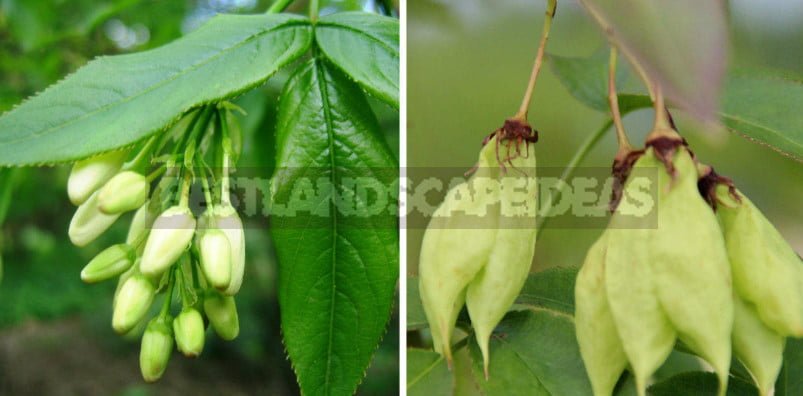
The fruits of her interesting: oblong, pointed at the apex, the capsule 4-8 cm in length When ripe (August-September) they are disclosed. Seeds remain viable for 1-3 years. When spring sowing need stratification for 1.5-2 months. It grows well in semi-shaded areas on loose fertile drained soil. Winter minimum -15°C.
Callicarpa bodinieri
Shrub of the Verbenaceae family with incredibly beautiful fruits!
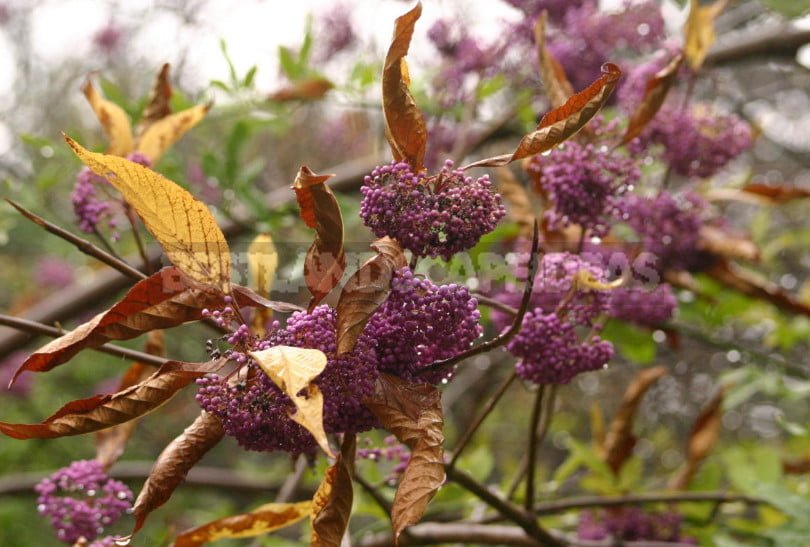
Fruits — spherical lilac-purple drupe, small (3-4 mm in diameter), ripen in September-November. In autumn sowing pre-sowing treatment is not necessary. The depth of seeding-5-8 mm. Bush loose, so it is better to plant in a free-growing hedge, where in the fall it will undoubtedly become a favorite of your country. Winter minimum -15°C.
Clerodendrum trichotomum
It supereffective in a fruiting shrub of the family of the verbenaceae, a height and a width of 5-6 m.
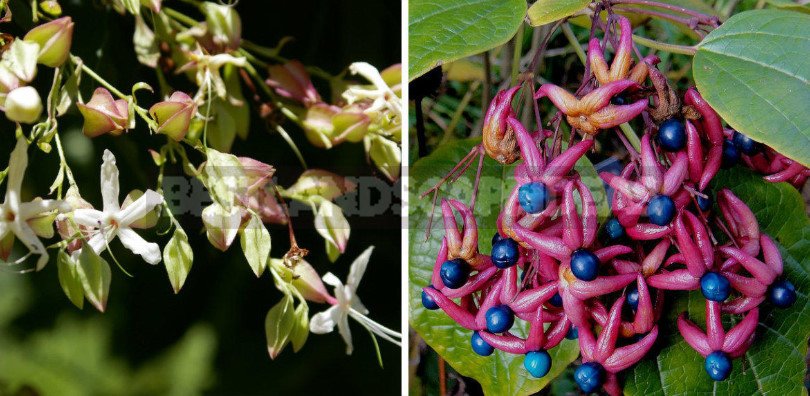
Fruits are egg — shaped black-and-blue drupe with juicy pericarp is the outer, surrounded by a crimson calyx; ripe in September. In each fruit — 1-2 seeds. Seeds should be stratified within 2 months at +2…+5°C. embedding depth — 1-1. 5 cm.
Thermophilic. The British give him a standard winter minimum of -15°C. well developed and blooms profusely only on dry drained soils in well-lit areas. In the first year of planting watering regular, then-as the soil dries. Feeding complex fertilizer in the spring, before the growth of shoots. Vigorous shoots are shortened by 3-4 pairs of kidneys, the weak are removed.
Cudrania tricuspidata
Its female specimens are very attractive during fruiting, thanks to them this tree is called strawberry, or Japanese mulberry.
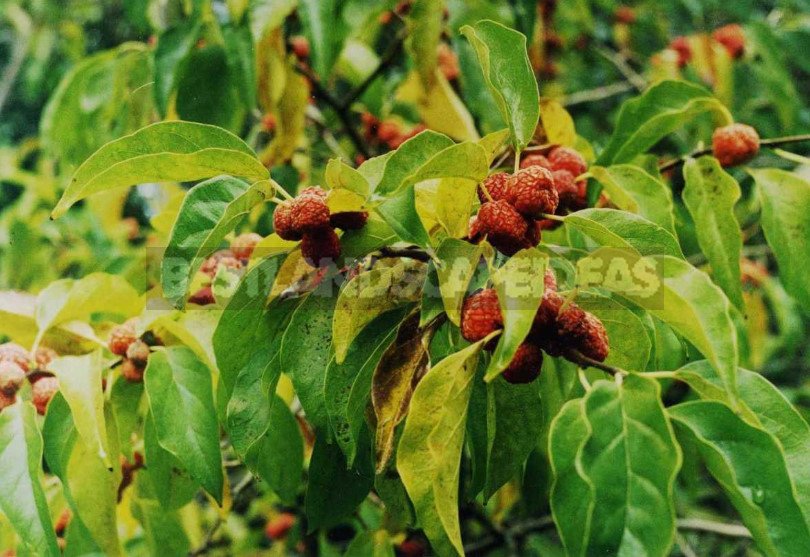
The stems are a complex reddish multipart with a diameter of 2.5-5 cm taste they resemble the mulberry.
At a young age gives a lot of shoots. Undemanding to soils, but prefers Sunny places. In winter, young trees and new plantings require mulching the base with an organic substrate, if possible — covering the plant as a whole. Adult plants are already more adapted and winter-hardy: with shelter they can withstand -30°C for a short time.
An overview of a number of interesting exotic fruits continues Arbutus andrachne.
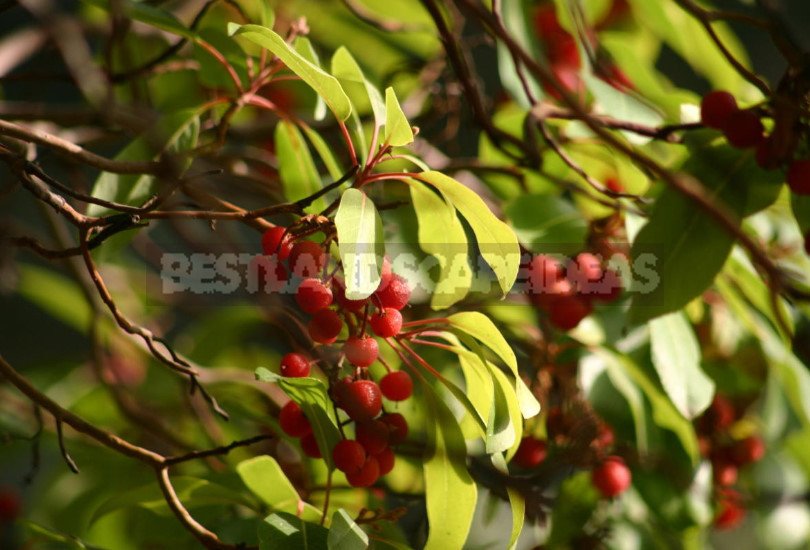
The photo is an interesting fruit of Citrus trifoliata. While they are green, but when ripe turns yellow.
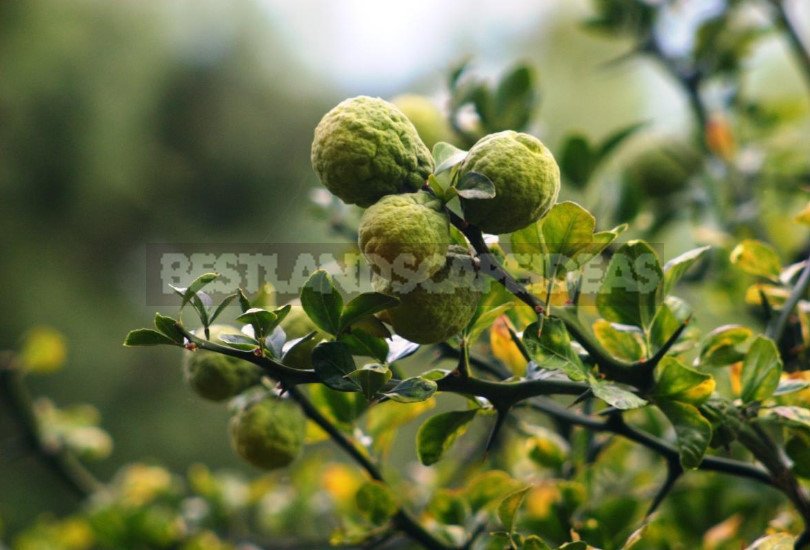
Red berries decorate Calophyllum inophyllum not only in autumn but also in winter.
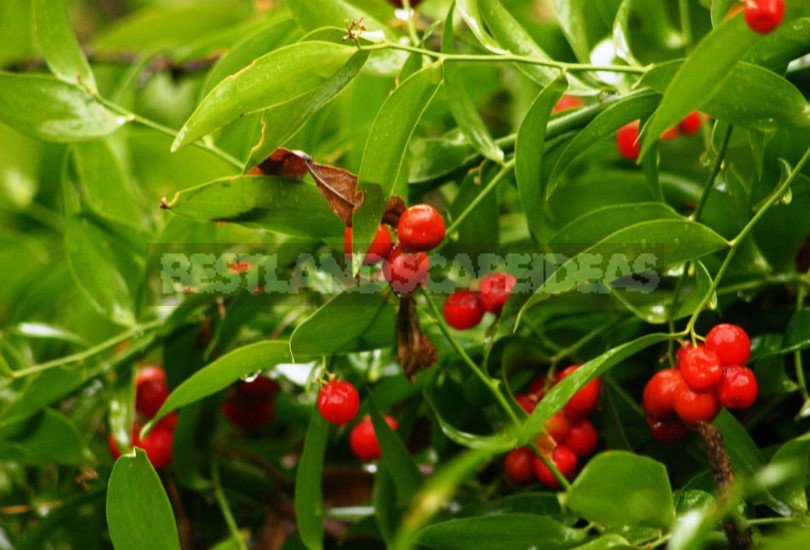
According to a kind of dry boxes with a huge number of seeds can be found Paulownia tomentosa.
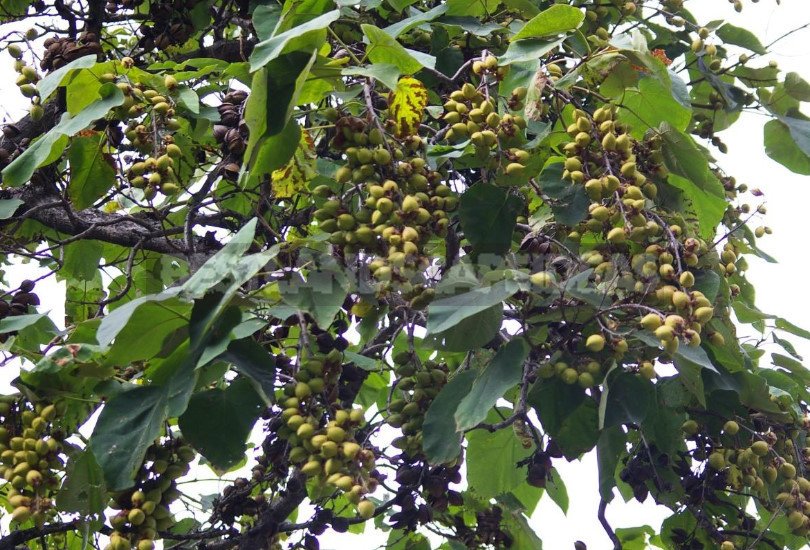
The fruits of Nandina domestica burn in the autumn sun.
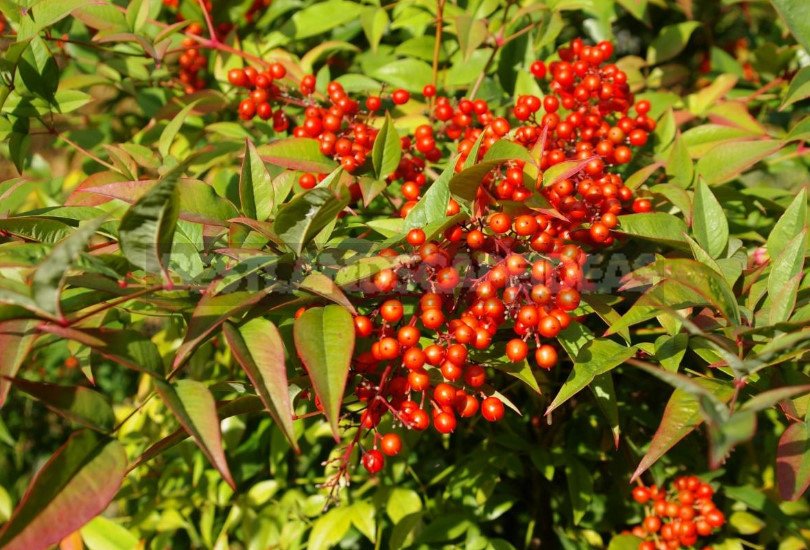
Trachycarpus fortunei in the fall with original fruits, from a distance reminiscent of the grape variety ‘Isabel’.
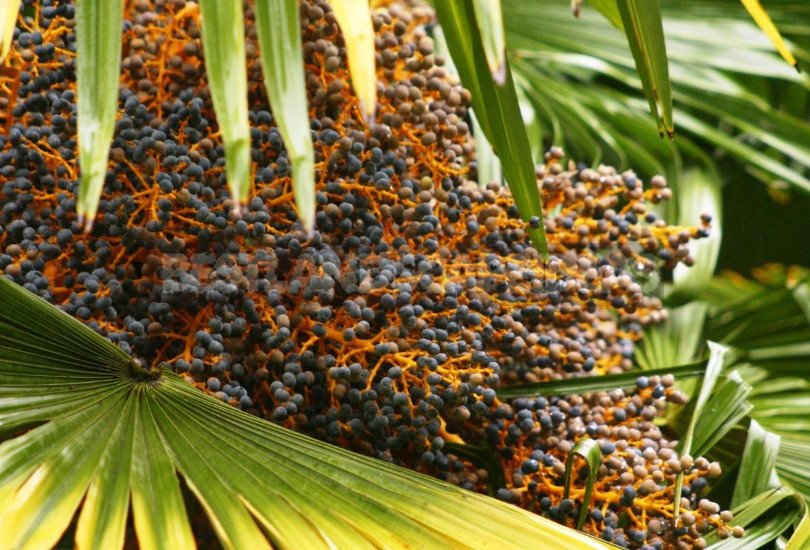
Interesting seedheads Camptotheca like Plátanus.
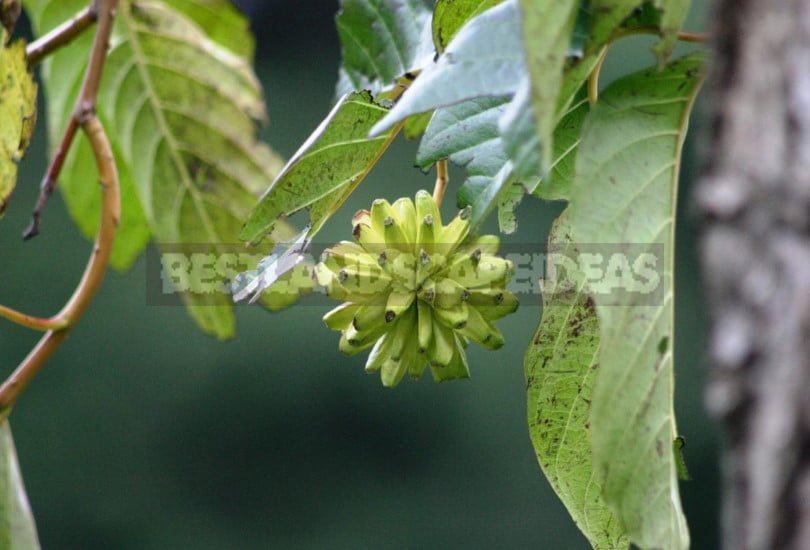
And what of wood with interesting grow you have in the country? Share photos and stories about your autumn favorites.
